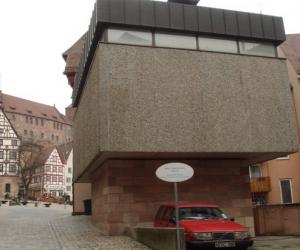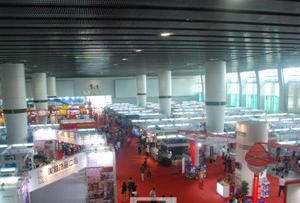Adobe共同创始人Chuck Geschke和John Warnock:我们从未抛弃苹果
发布: 2010-5-16 20:51 | 作者: 本站整理 | 来源: 网络收集 | 查看: 13次
关于Adobe共同创始人John Warnock:
John Edward Warnock (born October 6, 1940) is an American computer scientist best known as the co-founder with Charles Geschke of Adobe Systems Inc., the graphics and publishing software company. Dr. Warnock was President of Adobe for his first two years and Chairman and CEO for his remaining sixteen years at the company. Although retired as CEO in 2001, he still co-chairs the board with Geschke. Warnock has pioneered the development of graphics, publishing, Web and electronic document technologies that have revolutionized the field of publishing and visual communications.
Warnock was born in Salt Lake City, Utah. He is married with three children. Warnock has a Bachelor of Science in Mathematics and Philosophy, a Master of Science in Mathematics, a Ph.D. in Electrical Engineering (Computer Science), and an honorary degree in Science, all from the University of Utah. He also has an honorary degree from the American Film Institute.
In 1976, while Warnock worked at Evans & Sutherland, a Salt Lake City-based computer graphics company, the concepts of the PostScript language were seeded. Prior to co-founding Adobe, with Geschke and Putman, Warnock worked with Geschke at Xerox's Palo Alto Research Center (Xerox PARC), where he had started in 1978. Unable to convince Xerox management of the approach to commercialize the InterPress graphics language for controlling printing, he, together with Geschke and Putman, left Xerox to start Adobe in 1982. At their new company, they developed an equivalent technology, PostScript, from scratch, and brought it to market for Apple's LaserWriter in 1984.
Warnock's earliest publication and subject of his master's thesis, was his 1964 proof of a theorem solving the Jacobson radical for row-finite matrices [1], which was originally posed by the American mathematician Nathan Jacobson in 1956.
In his 1969 doctoral thesis, Warnock invented the Warnock algorithm for hidden surface determination in computer graphics.[2] It works by recursive subdivision of a scene until areas are obtained that are trivial to compute. It solves the problem of rendering a complicated image by avoiding the problem. If the scene is simple enough to compute then it is rendered; otherwise it is divided into smaller parts and the process is repeated.[3]











